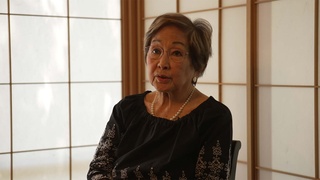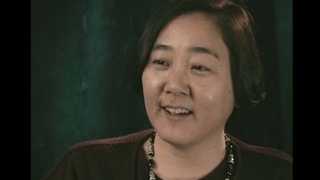Interviews
Role of the Japanese American National Museum
The [Japanese American National] Museum is not only about the past, but it’s about the present, and it’s about the future—for the future generations to look at what we’ve done, to understand it, and to make their cogent decisions depending upon what their assessment of their conditions will be in the future. So I think that’s what we’re all about and which we should be doing.
Date: January 7, 2004
Location: California, US
Interviewer: Art Hansen
Contributed by: Watase Media Arts Center, Japanese American National Museum.
Explore More Videos

Japanese reputation in Colombia
(b.1974) Japanese Colombian who currently resides in the United States

Interracial marriage trends
(b.1974) Japanese Colombian who currently resides in the United States

Influence of Mexican culture after returning from camp
(b. 1943) Japanese American transgender attorney

Japanese American solidarity
(b. 1943) Japanese American transgender attorney

First Exposure to Animation
(b. 1934) Award-winning Disney animation artist who was incarcerated at Topaz during WWII

Japanese community in Mission
(b. 1922) Canadian Nisei who was unable to return to Canada from Japan until 1952

Learning American cooking
(b.1909) Nisei from Washington. Incarcerated at Tule Lake and Minidoka during WWII. Resettled in Chicago after WWII

Parents in Utah
(b. 1939) a businesswoman whose family volunterily moved to Salt Lake City in Utah during the war.

Japanese American community life
(b. 1939) Japanese American painter, printmaker & professor

Her early life in Canada
(b.1912) Japanese Canadian Issei. Immigrated with husband to Canada in 1931

Taiko as self-expression
Co-founder and creative director of San Jose Taiko

A “principally-based” taiko group in England creating a global taiko community
Co-founder and creative director of San Jose Taiko

The various realities of Nikkei in Latin America (Spanish)
(b. 1950) Nisei Chilean, Businessman

The importance of Japanese American role models in childhood community
(b. 1955) Lawyer

Recognizing issues of dual identity in the nisei generation
(b. 1955) Lawyer
